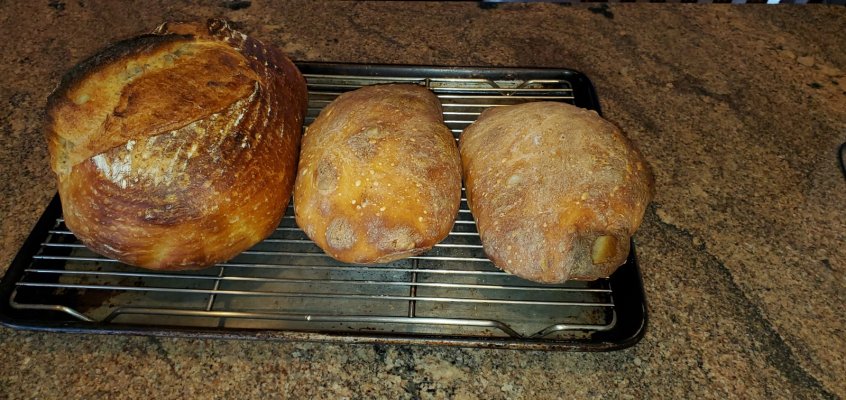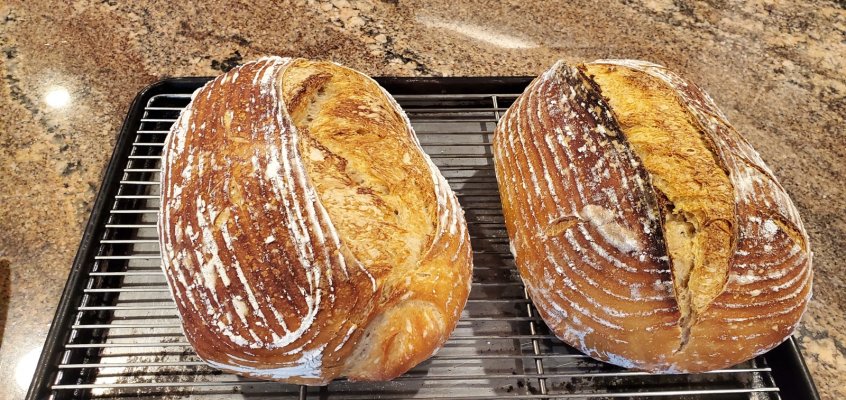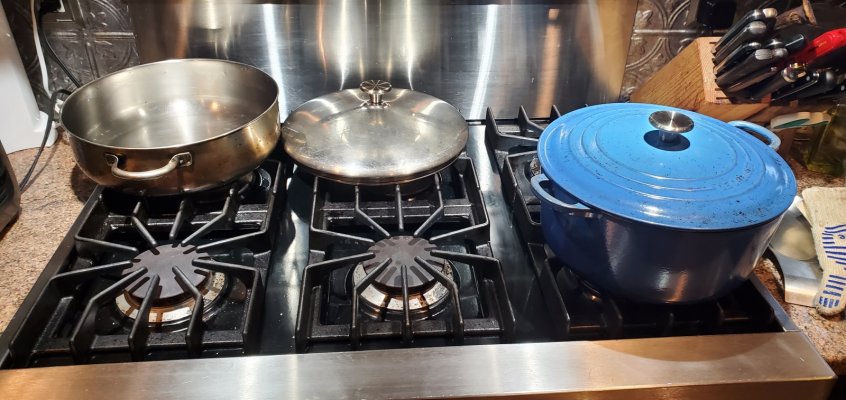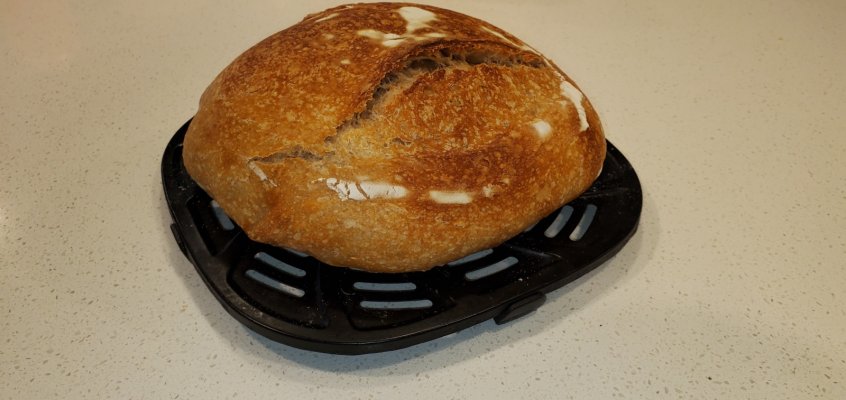street
Give me a museum and I'll fill it. (Picasso) Give me a forum ...
- Joined
- Nov 30, 2016
- Messages
- 9,566
So, for Christmas I got a kit to make Sourdough Bread. I just started the process this morning. The process to get started is a longer process than I thought.
It says after 12 to 24 hours, discard down to 1/2 cup starter then feed the starter with 1/2 cup water 1/2 cup floor.
So, when it says to discard to just a 1/2 cup of starter you throw away everything but a 1/2 cup and repeat the process for the next 7 days.
Any tips to this part of the process would be appreciated. Thank You
It says after 12 to 24 hours, discard down to 1/2 cup starter then feed the starter with 1/2 cup water 1/2 cup floor.
So, when it says to discard to just a 1/2 cup of starter you throw away everything but a 1/2 cup and repeat the process for the next 7 days.
Any tips to this part of the process would be appreciated. Thank You




